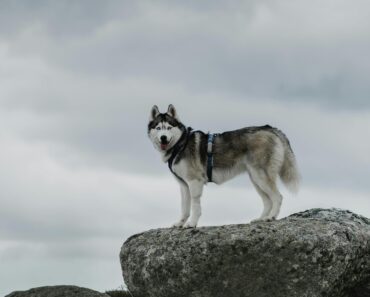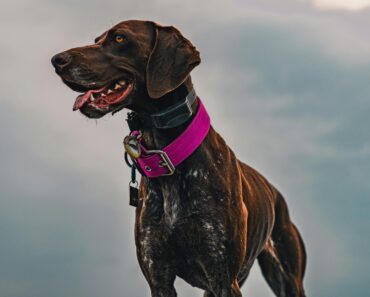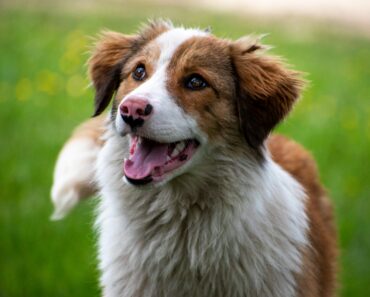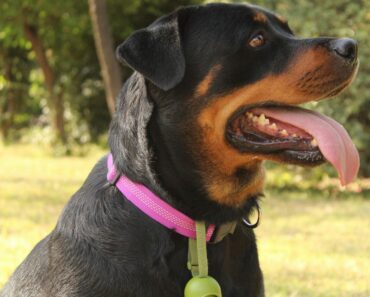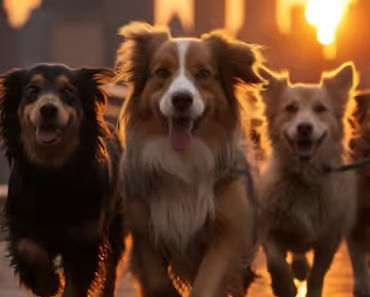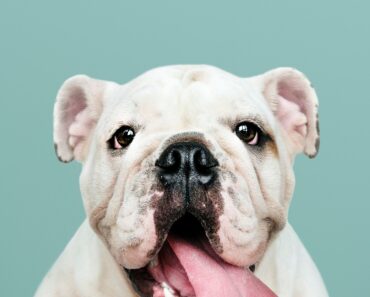
Introduction
Siberian Huskies are one of the most striking and admired dog breeds, known for their wolf-like appearance, piercing blue or multi-colored eyes, and thick, double coat. Originally bred by the Chukchi people of Siberia for sledding, Huskies are known for their endurance, strength, and ability to thrive in harsh, cold climates. Today, they are popular as family pets, known for their friendly, outgoing personalities and their boundless energy. This comprehensive guide will explore the history, characteristics, care, and health needs of Siberian Huskies, offering insights into what it takes to own and love this beautiful breed.
History and Origin
The Siberian Husky’s history is deeply rooted in the snowy landscapes of Siberia, where they were originally bred by the Chukchi people over 3,000 years ago. These dogs were developed to pull sleds over vast distances in harsh winter conditions, carrying light loads at moderate speeds for extended periods. Their endurance, coupled with their ability to survive on minimal food, made them invaluable to the Chukchi as both working dogs and companions.
In the early 20th century, Siberian Huskies were introduced to North America, where they quickly gained fame for their sledding prowess. One of the most famous moments in Husky history is the 1925 serum run to Nome, Alaska, where a relay of Husky teams delivered life-saving diphtheria antitoxin over 600 miles of treacherous terrain. This event solidified the breed’s reputation as resilient, reliable, and capable of extraordinary feats of endurance.
Siberian Husky Personality and Temperament
Siberian Huskies are known for their friendly, outgoing, and independent nature. They are not typically aggressive, making them poor guard dogs, but their alertness and curiosity make them excellent companions for those who appreciate an active and engaging pet. Huskies are pack animals by nature, which makes them highly social and good with other dogs, but they also have a strong independent streak that can sometimes be mistaken for stubbornness.
One of the most distinctive traits of the Siberian Husky is their high energy level. They are a working breed, bred to run and pull sleds for long distances, so they require a significant amount of physical activity to stay happy and healthy. Without adequate exercise, Huskies can become bored and destructive, often finding creative ways to escape from confined spaces in search of adventure.
Huskies are also known for their vocalizations. Unlike many other breeds, they rarely bark but instead communicate through a range of howls, yips, and other sounds. This vocal nature can be charming, but it can also be a challenge for owners living in close quarters with neighbors.
Physical Characteristics of Siberian Huskies
Siberian Huskies are medium-sized dogs with a well-balanced and muscular build. They have a compact, yet powerful frame that allows them to move with speed and agility. Here are some of the key physical characteristics of the breed:
- Coat: The Husky’s double coat is thick and designed to protect them from harsh, cold climates. The undercoat is soft and dense, while the outer coat is straight and somewhat coarse. Their coat comes in a variety of colors and patterns, including black, gray, red, and agouti, often with striking facial markings.
- Eyes: One of the most captivating features of the Siberian Husky is their eyes, which can be blue, brown, or a combination of both (heterochromia). Their eyes are almond-shaped, giving them a keen, intelligent expression.
- Ears: Huskies have erect, triangular ears that are set high on the head, giving them an alert and attentive appearance.
- Tail: The breed’s tail is well-furred and often carried in a sickle shape over their back. This tail serves as a warm cover for their nose when they curl up to sleep in cold weather.
- Size: Male Huskies typically stand between 21 to 23.5 inches at the shoulder and weigh between 45 to 60 pounds. Females are slightly smaller, standing 20 to 22 inches tall and weighing between 35 to 50 pounds.
Caring for a Siberian Husky

Owning a Siberian Husky requires a commitment to meeting their physical, mental, and emotional needs. Here’s what you need to know:
- Exercise Requirements: Siberian Huskies are an active breed with high energy levels. They need at least 1 to 2 hours of vigorous exercise every day, which can include running, hiking, and playing. Regular off-leash exercise in a secure area is ideal, as Huskies have a strong prey drive and can be prone to wandering if not properly supervised.
- Grooming: Huskies shed heavily, especially during the spring and fall when they blow their coat. Regular brushing, at least once or twice a week, is necessary to manage shedding and keep their coat healthy. During shedding season, daily brushing may be required. Bathing should be done as needed, but not too frequently, as it can strip the coat of its natural oils.
- Training and Socialization: Huskies are intelligent but independent, which can make training a challenge. Positive reinforcement methods, such as treats and praise, work best. Early socialization is crucial to help them develop into well-mannered adults. Enrolling your Husky in puppy classes can help with basic obedience and expose them to different environments, people, and other animals.
- Diet and Nutrition: Siberian Huskies require a balanced diet that meets their high energy needs. High-quality commercial dog food or a well-planned raw diet can provide the necessary nutrients. It’s important to monitor their weight, as Huskies can be prone to weight gain if not exercised properly. Treats should be given in moderation, and any dietary changes should be made gradually.
- Living Arrangements: Siberian Huskies are adaptable, but they do best in homes with a yard where they can run and play. They are known for their escape artist tendencies, so secure fencing is essential. Huskies are not well-suited to being left alone for long periods, as they can become bored and destructive. They thrive in environments where they can interact with their family and have regular opportunities for exercise.
Health and Lifespan
Siberian Huskies are generally a healthy breed with a lifespan of 12 to 15 years. However, like all breeds, they are prone to certain health conditions. Being aware of these potential issues can help you take preventive measures and seek early treatment when necessary.
- Hip Dysplasia: This is a common condition in many large breeds, where the hip joint doesn’t fit together properly, leading to arthritis and pain. Regular veterinary check-ups and maintaining a healthy weight can help manage and prevent hip dysplasia.
- Eye Conditions: Huskies are prone to several eye conditions, including cataracts, progressive retinal atrophy (PRA), and corneal dystrophy. Regular eye exams can help detect these issues early, and in some cases, treatment or surgery may be necessary.
- Hypothyroidism: This condition occurs when the thyroid gland doesn’t produce enough thyroid hormone, leading to symptoms like weight gain, lethargy, and skin issues. Hypothyroidism can be managed with medication and regular monitoring.
- Zinc Deficiency: Huskies can sometimes suffer from zinc deficiency, which can cause skin issues, hair loss, and a poor coat condition. A veterinarian can recommend supplements if a deficiency is detected.
- Gastric Torsion (Bloat): Although less common in Huskies than in some other breeds, gastric torsion is a life-threatening condition that requires immediate veterinary attention. It’s important to feed Huskies smaller meals throughout the day and avoid vigorous exercise immediately after eating.
Living with a Siberian Husky: What to Expect
Living with a Siberian Husky can be a rewarding experience, but it’s not without its challenges. Huskies are known for their independent nature, which can sometimes be mistaken for stubbornness. They are highly intelligent and need mental stimulation to prevent boredom, which can lead to destructive behaviors.
Huskies are also known for their strong prey drive, which means they may chase small animals. This trait, combined with their tendency to wander, makes off-leash walks challenging. A well-fenced yard and a commitment to keeping them on a leash during walks are essential.
Despite their independent nature, Huskies are affectionate and enjoy being part of a family. They are good with children and can get along well with other dogs, especially if they are socialized from a young age. However, due to their pack mentality, they may challenge their owner’s authority, so consistent and firm training is necessary.
Huskies are not the best choice for first-time dog owners or those looking for a low-maintenance pet. They require a significant amount of time, energy, and attention. However, for those who can meet their needs, Huskies are loyal, loving, and endlessly entertaining companions.
Siberian Huskies and Their Relationship with Humans
Siberian Huskies are known for their close relationship with humans, particularly their families. They are friendly and outgoing, making them popular as family pets. However, their strong-willed and independent nature means they may not always be eager to please, unlike some other breeds. This independence is a double-edged sword—it makes them fascinating and dynamic pets, but it also means they require an owner who can establish clear boundaries and provide consistent training.

Huskies are also known for their playful and mischievous nature. They have a strong sense of adventure and often find creative ways to entertain themselves, which can sometimes lead to trouble.
